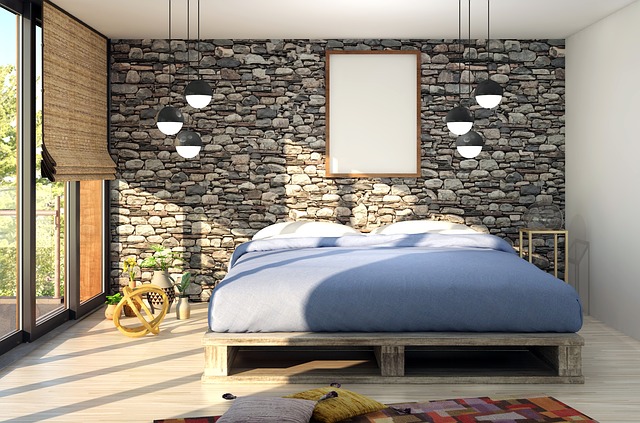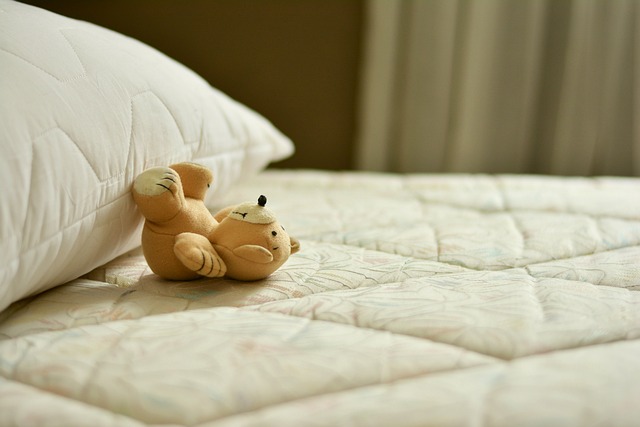What Is The Best And Recommended Thickness Of A Mattress?
There are many factors to consider when deciding on the thickness of a mattress. Most people are happy with a bed that is between nine and eleven inches thick.
However, to determine the full and queen size mattress you should buy will depend on your body type. For example, you may feel better sleeping on a thick mattress than on a thin one.
Comfort Layer
The comfort layer is also the first layer that provides support and structure to the mattress. It is generally made of high-density foam. It may be present in one or two places. It is essential for the overall structure of the mattress. It prevents the comfort layer from sinking too far and keeps the base/core layer in place.
The comfort layer is made from different materials, including latex and natural fibers. Each one has different properties and affects the overall performance of the mattress. Latex is considered to be the best material for the comfort layer. It is also very durable and breathable. A latex mattress will typically last longer than a mattress with innersprings.
Transition Layer
A mattress’s transition layer serves two primary functions: to provide support and cushioning and to limit body sinkage. This layer is typically made from the same materials as the comfort layers, but it is of a different density and firmness. Depending on the manufacturer’s goals, it may be composed of latex or memory foam.
The first “layer” of a mattress is the cover. This layer is often made of organic cotton, which is better for the environment and provides great breathability. It’s also soft, making it a great choice for a mattress cover. The second “layer” is wool, which provides additional softness and a barrier between the latex comfort layer and the sleeper.
Another common material used in comfort layers is polyfoam. This material is relatively inexpensive compared to other materials but doesn’t contour as deeply as memory foam or latex. It’s also less durable and may degrade faster than denser materials. For this reason, you may see more of this type of material in mattress toppers rather than in the main body of the mattress.

Base Layer
A mattress’s base layer provides support to the entire mattress. It should be about 2 to 3 inches thick and should be comfortable to lie on. Some mattresses are built with several comfort layers. A transitional layer between the comfort layer and base layer provides zoned support for specific parts of the body. This layer is typically one to two inches thick and should be a soft material like wool or latex.
The base layer of a mattress is the foundation for the coils and springs that are the bed’s topmost comfort layer. It’s also responsible for the durability of a mattress. A high-quality mattress will have a base layer that accounts for over 50% of the mattress’s overall thickness. This layer prevents the mattress from sagging.
Height Of Bed Frame
There are many factors that determine the right height for a bed. These include age, height, and sleep partner. The height of your bed can also impact the look and feel of your room. Luckily, there are a few tips to help you find the right height for your full and double bed size mattress.
The height of your bed frame should not exceed 25 inches. This is because people with limited mobility may have a hard time getting into and out of the bed. To avoid this, you can get specific mattresses for people with limited mobility.
Shoulder Sink
Shoulder sink occurs when your shoulder falls toward the mattress while you are sleeping. This can be caused by sleeping with your arm, spoon, or pets on the bed. These factors will cause the mattress to sag. If you want to reduce sinkage, consider choosing a mattress made from memory foam.
The quality of your sleep depends on the quality of your mattress. A soft mattress is great for side sleepers, but a firm mattress will work better for back and stomach sleepers. If you prefer a firm mattress, you should go for a medium-firm mattress. In addition, the quality of your sleep will depend on how you sleep.
Conclusion
Thickness is one of the most important things to consider when purchasing a mattress. While most mattresses fall into the 6 to 8 inch range, it’s possible to get a thicker mattress that’s still comfortable. The thickness can be determined by different factors, such as different materials, different innerspring systems, or multiple layers of foam. Some mattresses can be as thick as 10 inches, and they may provide the most support and comfort for the user.

